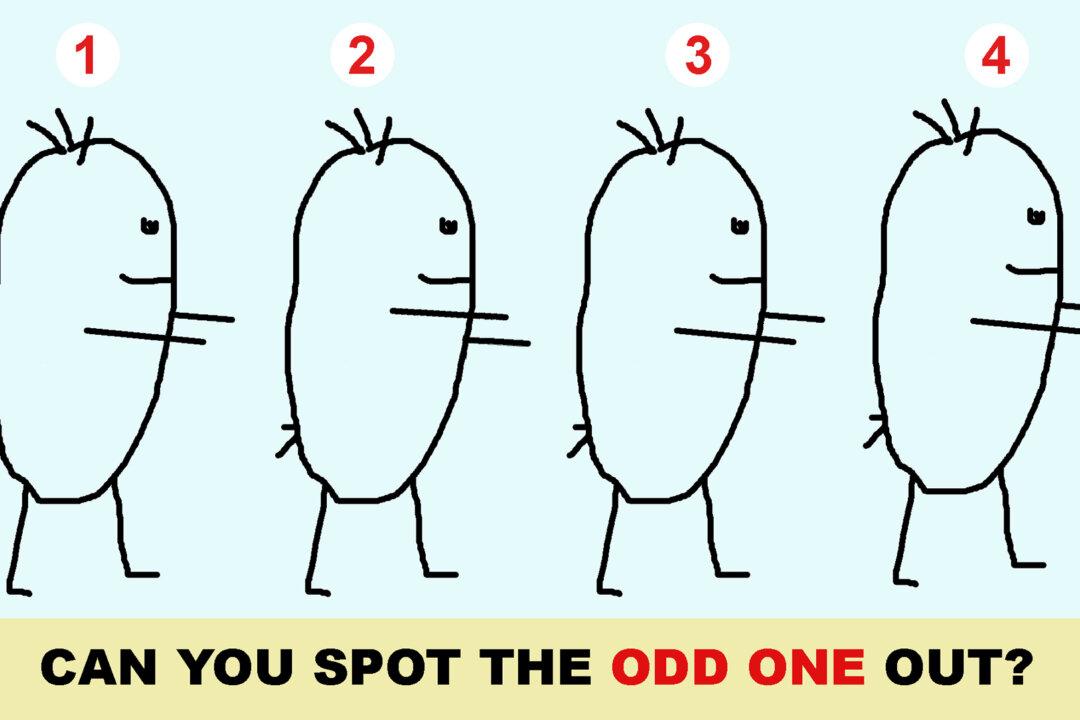How observant are you? This series of fun puzzles has the ability to put your observation skills to the test, each puzzle slightly more difficult than the last.
To make the challenge especially stimulating for the brain, there’s a time limit; see if you can decipher all of the “odd ones out” in just 60 seconds. If you succeed, you can count yourself among the upper echelons of highly observant folk.





